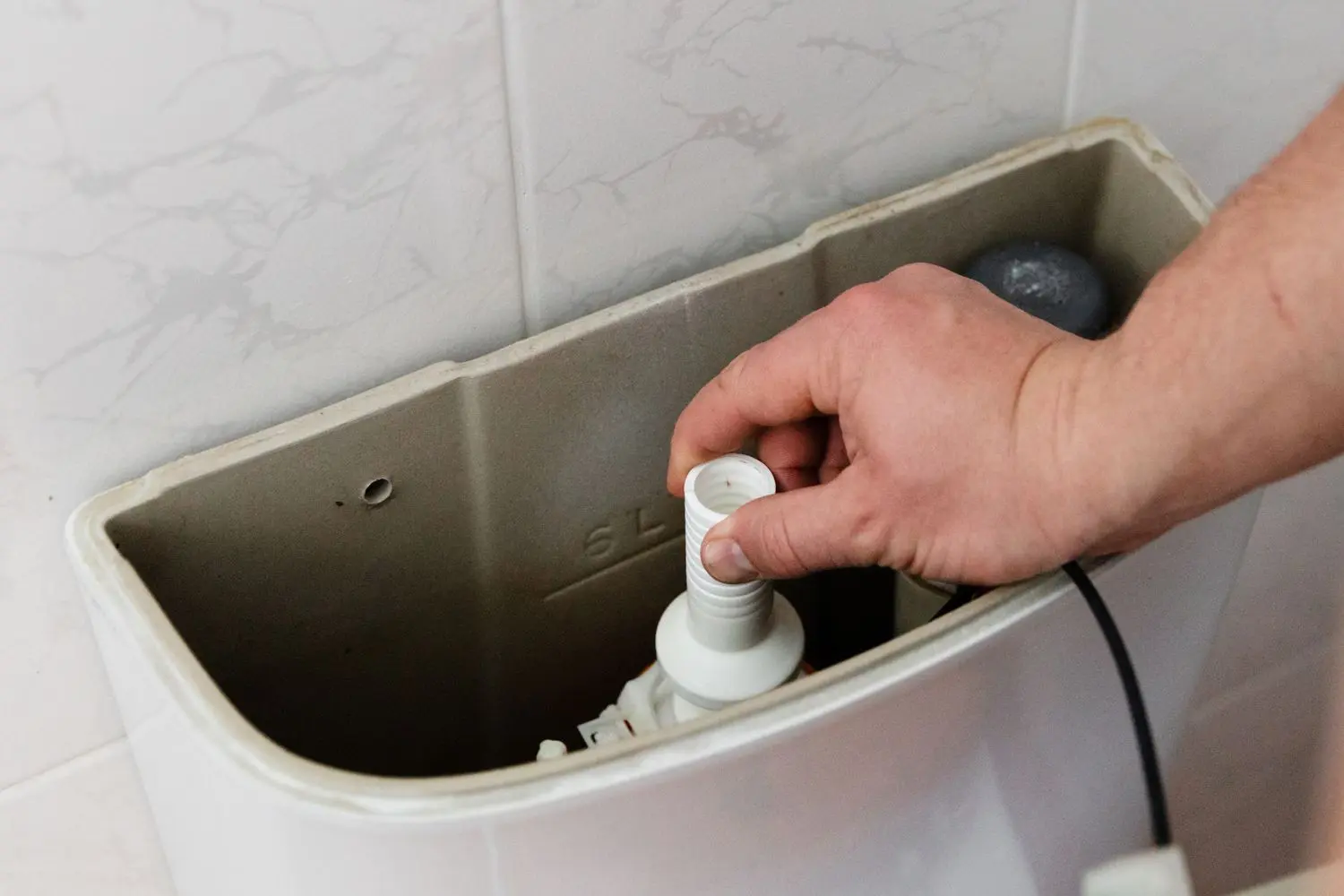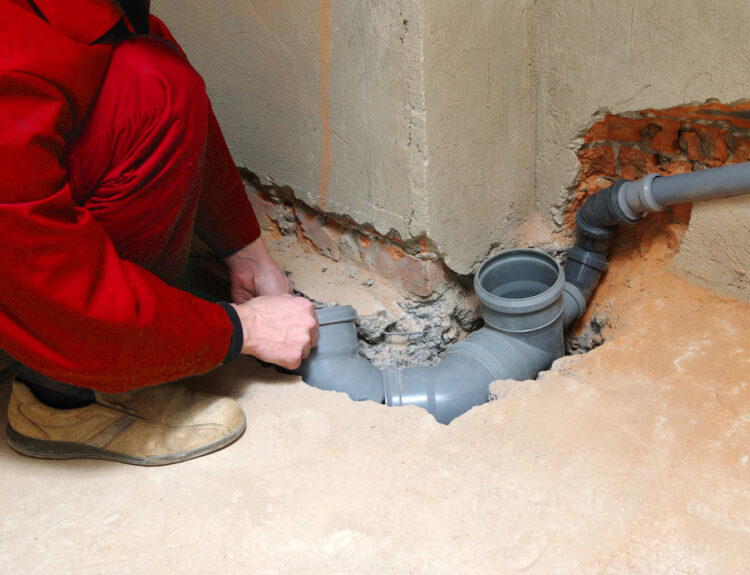Toilets are an essential part of any home, and they are used on a daily basis. However, toilets are also prone to various problems, and one of the most common issues that homeowners face is toilet flush problems.
A faulty toilet flush can be frustrating and can lead to more severe plumbing issues, including clogs, leaks, and floods. In this article, we will discuss some common toilet flush problems and how to fix them.
Weak flush
A weak flush is one of the most common toilet flush problems. A weak flush means that the water in the toilet bowl does not flow with enough force to flush the waste down the drain.
A weak flush can be caused by several factors, including a clogged drain, low water level in the tank, or a faulty flapper valve.
- Check the water level in the tank: If the water level in the tank is low, adjust the float valve to increase the water level. The float valve controls the water level in the tank, and if it is set too low, it can cause a weak flush.
- Check for clogs in the drain: Clogs in the drain can also cause a weak flush. If the drain is clogged, use a plunger or a drain snake to clear the clog. You can also use a drain cleaner to remove the clog.
- Inspect the flapper valve: The flapper valve is a rubber or plastic component that covers the hole at the bottom of the tank. If the flapper valve is worn or damaged, it can cause a weak flush. Inspect the flapper valve for damage or wear, and replace it if necessary.
Phantom flushes
Phantom flushes occur when the toilet flushes on its own without anyone pressing the flush button. It can be caused by a faulty flapper valve or a high water level in the tank.
Check the water level in the tank:
If the water level in the tank is too high, adjust the float valve to lower the water level. A high water level can cause water to overflow into the overflow tube, which can create a phantom flush.
Inspect the flapper valve:
The flapper valve can also cause phantom flushes. If the flapper valve is worn or damaged, it can allow water to leak out of the tank, which can create a phantom flush. Inspect the flapper valve for damage or wear, and replace it if necessary.
Running toilet
A running toilet is when water continuously runs into the toilet bowl, even when the toilet is not being used. A running toilet can waste a lot of water, which can increase your water bill.
Check the flapper valve:
If the flapper valve is worn or damaged, it can allow water to leak out of the tank, which can cause a running toilet. Inspect the flapper valve for damage or wear, and replace it if necessary.
Inspect the fill valve:
The fill valve is responsible for refilling the tank after a flush. If the fill valve is worn or damaged, it can cause a running toilet. Inspect the fill valve for damage or wear, and replace it if necessary.
Check for leaks in the tank:
If there are leaks in the tank, tighten any loose bolts or nuts or replace the tank components as needed.
Double flushing
Double flushing is when the toilet needs to be flushed twice to remove all waste. This can be caused by a variety of factors, including a low water level in the tank or a clogged drain.
Check the water level in the tank:
If the water level in the tank is too low, adjust the float valve to increase the water level. A low water level can cause a weak flush, which can result in double flushing.
Check for clogs in the drain:
If the drain is clogged, it can prevent the waste from being flushed down the drain, resulting in double flushing. Use a plunger or a drain snake to clear the clog.
Slow filling tank
A slow-filling tank is when the tank takes longer than usual to fill after flushing. This can be caused by a clogged fill valve or a problem with the water supply.
Inspect the fill valve:
The fill valve is responsible for refilling the tank after a flush. If the fill valve is clogged or worn, it can cause a slow-filling tank. Inspect the fill valve for damage or wear, and replace it if necessary.
Check the water supply:
If there is low water pressure, it can cause a slow-filling tank. Contact your water supplier to check if there are any issues with the water supply.
Preventing toilet flush problems While some toilet flush problems can be fixed easily, it is always better to prevent them from occurring in the first place. Here are some tips to prevent toilet flush problems:
- Do not flush anything other than toilet paper: Flushing anything other than toilet paper can cause clogs in the drain and damage the flapper valve. Do not flush wipes, sanitary products, cotton swabs, or anything else.
- Keep the tank components clean: Over time, mineral deposits can build up on the tank components, including the fill valve and the flapper valve. Clean these components regularly to prevent build-up.
- Use a plunger or a drain snake to clear clogs: Do not use chemical drain cleaners, as they can damage the pipes and the tank components. Use a plunger or a drain snake to clear clogs.
Conclusion
Toilet flush problems can be frustrating and inconvenient, but they can be fixed easily with the right tools and knowledge. By following the steps outlined above, you can fix common toilet flush problems and prevent them from occurring in the future.
Remember to always use caution when working with plumbing, and if you are unsure or uncomfortable with fixing the problem yourself, do not hesitate to call a professional plumber.
A properly functioning toilet is essential for any home, so do not ignore toilet flush problems and address them as soon as possible.



